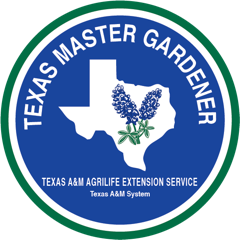Cooking with Garlic Err’ Try Growing Garlic Instead
Published 12:00 am Saturday, January 5, 2019
By Sheri Bethard
Orange County Master Gardeners
Most of us cook with garlic on a regular basis, but have you thought about growing your own garlic? The garlic you buy in the grocery store has been in cold storage prior to being put out in the produce section of your favorite store. The cold storage throws garlic’s internal clock out of whack delaying it from aging. Growing your own garlic is fairly easy. And the taste of fresh garlic is amazing and more intense.
There are three types of garlic: Softneck, Hardneck. And Elephant:
Softneck garlic grows best in the south and areas where the winters or mild. Most varieties do not produce scapes (the thin green curled stalk), but they are great for braiding. Varieties include Creole, Silver Rose, Loiacono, and Early Italian
Hardneck types adapt to cold winter areas and all produce curled scapes in early summer. Popular varieties include porcelain, purple stripe, Montana Giant and Shilla.
Elephant garlic produces a large, mild-flavored bulb comprised of four-six big cloves. It is closely related to leeks.
Garlic is best planted in the fall or early winter. Garlic can be planted in the spring, but we are going to concentrate on fall as the roots develop during these months along with wintertime and then by early spring you will start to see some green leaf growth, which is required for large bulbs to form.
Plant garlic in a raised bed in a spot not recently used for garlic or other plants in the onion family. Work rich compost into the top six inches of soil along with 10-10-10 fertilizer. Soil must be loose and well drained.
Separate the garlic bulb into individual cloves. Plant each clove with the pointed end up with one-two inches of fine soil, spacing each clove about four-inches apart. Once planted, cover with about four inches of mulch or straw to help protect during winter low temps.
In the spring when leaves begin to appear, it’s time to feed the plants with a teaspoon or two of a high -nitrogen fertilizer that decomposes slowly, such as blood meal, which should be worked into the soil near the plant. Add more mulch if needed.
When the leaves start to turn brown, the garlic is ready to harvest. You can start checking when there are five – six leaves left. Garlic needs to cure before you store it. Bundle 8-12 together by their leaves and hang them to dry. ENJOY!!!!
Next time – more about the different uses of garlic as it matures









